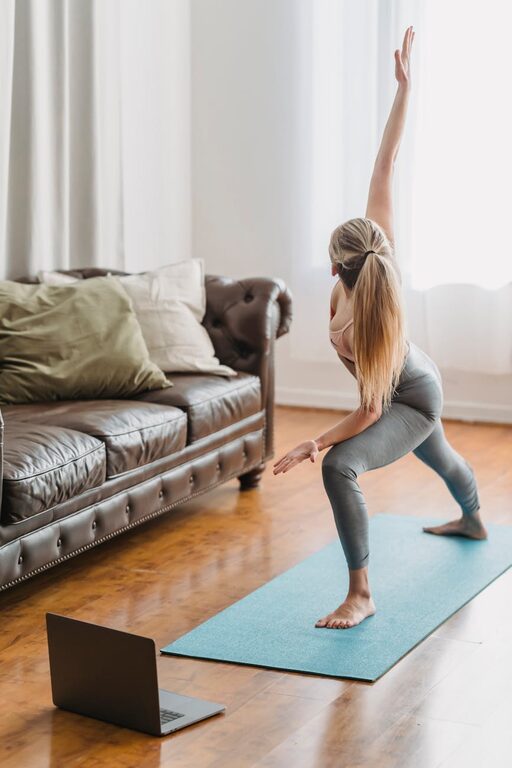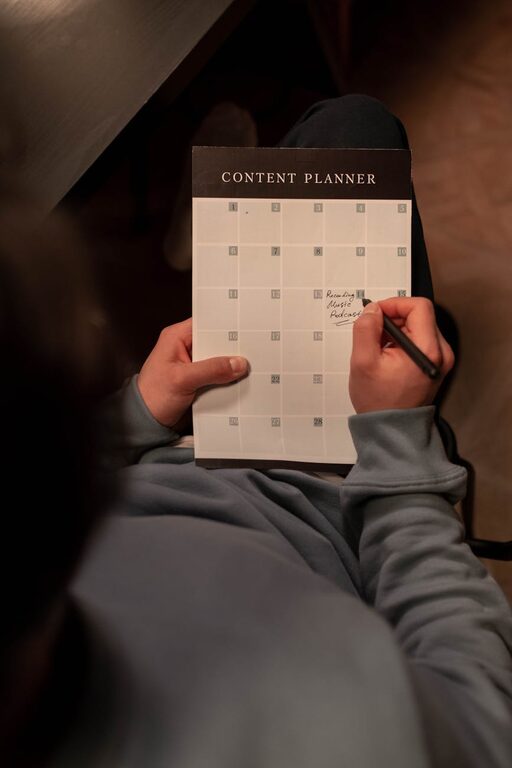
Stretching is a simple and effective way to improve your flexibility, reduce muscle tension, and promote overall physical health. Whether you’re new to fitness or looking to add a low-impact activity to your routine, stretching at home can be both enjoyable and rewarding. This beginner’s guide will walk you through the basics of stretching, offer easy routines you can do in your living room, and share tips to help you stretch safely and effectively.
Why Stretching Matters
Before diving into specific stretches, it’s helpful to understand why stretching is beneficial. Stretching helps:
– Increase flexibility: Looser muscles allow for greater range of motion, which can improve your performance in other physical activities.
– Reduce muscle stiffness: Stretching helps prevent tightness that can cause discomfort or pain.
– Improve posture: Regular stretching can balance muscle groups and ease tension in areas like the shoulders and neck.
– Enhance circulation: Stretching promotes blood flow to your muscles, which supports recovery and overall muscle health.
– Lower stress: Gentle stretching activates relaxation responses in your body, helping to reduce stress and promote calmness.
Getting Started: Stretching Basics
Choose the Right Time
Stretching can be done any time of day. After waking up, during breaks at work, or after exercising are all good moments. If you prefer to stretch after exercise, start with a few minutes of light activity to warm your muscles.
Wear Comfortable Clothing
Opt for loose or stretchy clothes that allow free movement. You don’t need special gear—comfortable attire and bare feet or flexible shoes work just fine.
Use a Mat or Soft Surface
Stretching on a yoga or exercise mat can provide cushioning and grip, helping you stay steady during movements.
Warm Up Gently
Before static stretching (holding a stretch), it’s best to gently warm your body with 3–5 minutes of light activity like walking in place or gentle arm circles. This helps prevent injury.
Beginner-Friendly Stretches to Try at Home
Here are some easy stretches that target key muscle groups. Hold each stretch for 15–30 seconds and repeat 2–3 times per side if applicable.
1. Neck Tilt
– Sit or stand up straight.
– Slowly tilt your head to the right, bringing your ear toward your shoulder.
– Hold, then switch to the left side.
Helps relieve neck tension and improve mobility.
2. Shoulder Rolls
– Stand with feet shoulder-width apart.
– Roll your shoulders forward in a circular motion 10 times.
– Roll backward 10 times.
Warms up shoulders and relieves stiffness.
3. Chest Opener
– Stand tall and clasp your hands behind your back.
– Gently straighten arms and lift your chest slightly.
– Hold while breathing deeply.
Stretches chest muscles and improves posture.
4. Seated Forward Fold
– Sit on the floor with legs extended straight in front.
– Hinge at your hips and reach toward your toes (bend knees slightly if needed).
– Hold the stretch without bouncing.
Stretches hamstrings and lower back.
5. Cat-Cow Stretch
– Start on all fours with wrists under shoulders and knees under hips.
– Arch your back like a cat, tucking your chin.
– Then drop your belly and lift your head and tailbone for the cow position.
– Alternate slowly 8–10 times.
Improves spine flexibility and eases tension.
6. Standing Quadriceps Stretch
– Stand with feet hip-width apart.
– Grab your right ankle behind you to stretch your thigh.
– Keep knees close and stand tall.
– Hold, then switch legs.
Stretches the front of the thighs.
7. Child’s Pose
– Kneel on the floor, sit back on your heels, and extend your arms forward on the ground.
– Lower your forehead to the floor and breathe deeply.
Stretches hips, thighs, and back while promoting relaxation.
Tips for Safe and Effective Stretching
– Don’t rush: Move into stretches slowly and hold steadily.
– Avoid bouncing: Stretch smoothly without jerking to prevent injury.
– Breathe deeply: Breathing helps relax your muscles and deepen the stretch.
– Listen to your body: Stretch to the point of mild tension, not pain.
– Be consistent: Aim to stretch at least 3 times a week for noticeable benefits.
– Stay hydrated: Water supports muscle function and flexibility.
Building Your Stretching Routine
Once you feel comfortable with the stretches above, you can create a full routine by combining them. For example:
– Warm-up: 3–5 minutes light movement
– Stretch cycle: Neck tilt, shoulder rolls, chest opener, seated forward fold, cat-cow, standing quad stretch, child’s pose
– Repeat stretches 2–3 times
– Cool down with deep breathing
This routine can take about 10–15 minutes and is perfect for daily practice. You might also explore yoga or Pilates videos for guided stretching sessions.
When to Consult a Professional
If you have any existing health conditions, injuries, or chronic pain, it’s a good idea to check with a healthcare provider or physical therapist before beginning a stretching routine. They can recommend specific stretches or modifications suited to your needs.
—
Starting a stretching habit at home is a wonderful step toward feeling better in your body and gaining more movement ease. With just a few minutes each day, you can enjoy the benefits of improved flexibility, reduced muscle tightness, and greater relaxation. So roll out your mat, start gently, and embrace the positive changes stretching can bring to your daily life!




